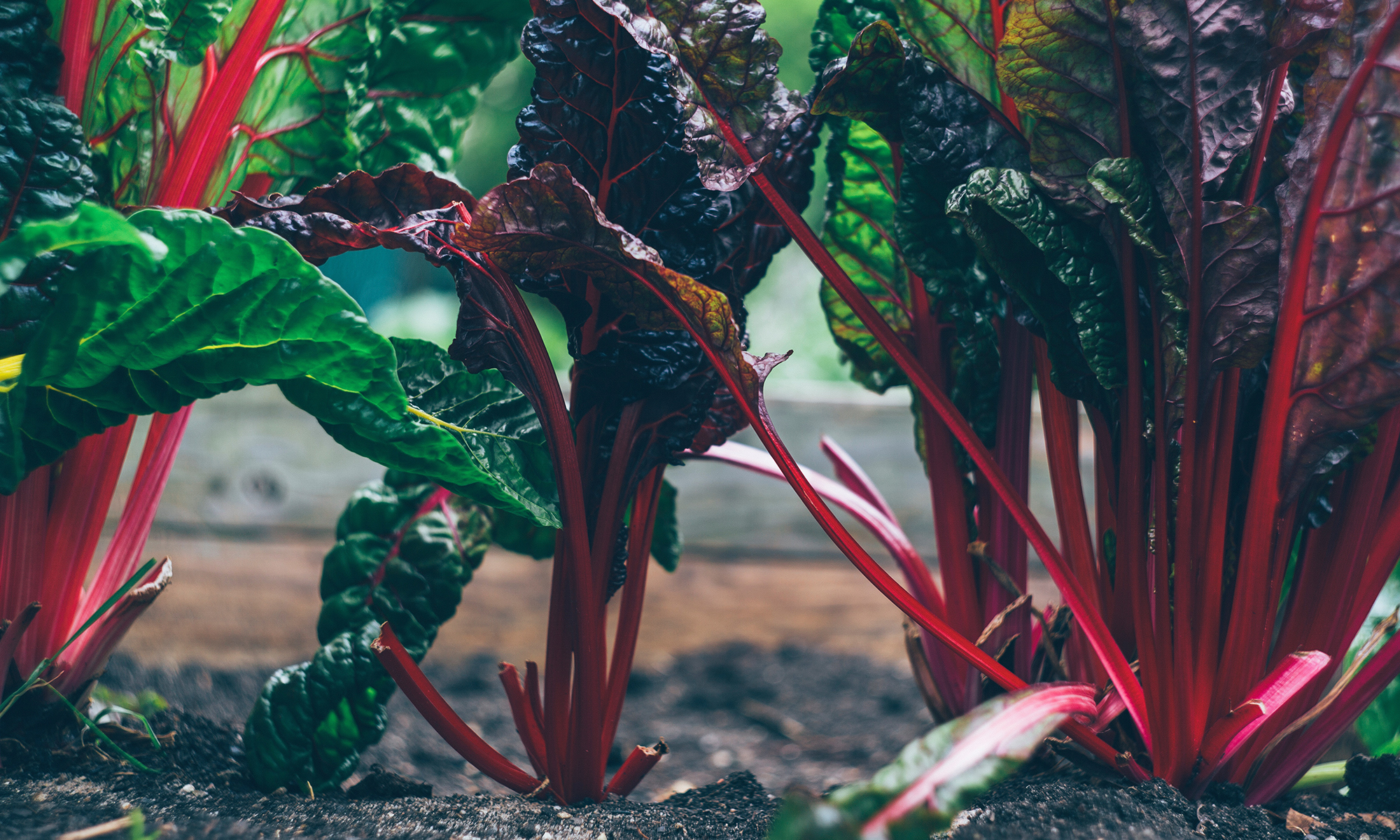I bumped into a neighbor at the farmers’ market this morning. She questioned why I was there shopping when just a few weeks ago I was unloading excess lettuce on her. Don’t I just grow everything I need in my little urban garden? I wish I could grow enough to keep me well fed from April to October!
Since my garden is so small, it’s a constant juggle – trying to maximize the space and time the crops so that I always have something to harvest. A few weeks ago, with the lettuce plants bolting, their production diminished. I pulled out about half the lettuce plants to make way for eggplants and tomatoes. Now, instead of picking a gallon of leaves every other day, I get the same yield over the course of a week. And it’s more labor intensive to pick since the lettuces have thick, unpalatable stalks which need to be trimmed.
I’m now in that lull period – after my spring crops have tapered off and before the summer kicks in. Note to self: plant less lettuce and something that will be ready to harvest in June. In the meantime, I may get a burst of beets or garlic scapes between now and when the tomatoes and cucumbers are ready, but nothing as productive as lettuce.
And even if I didn’t have this lull period, I would still supplement from the farmers’ market for the sake of variety. Though the garden is producing limited vegetable, I have an abundance of sage and other herbs.
Roasted Asparagus with Parmesan and Fried Sage
Most asparagus has a woody stem. If you snap the asparagus stalk it
will naturally break where the woody ends and the tender begins.
1 bunch asparagus
1 tbs. olive oil
salt and pepper
freshly grated parmesan cheese
fried sage
1. Preheat the oven to 400F. Wash and trim the asparagus of its woody stem. Let asparagus dry.
2. Toss asparagus with olive oil, salt and pepper.
3. Lay asparagus in a single layer on a baking sheet. Bake on the floor of the oven for 10 minutes.
4. Put asparagus on a serving platter, sprinkle with cheese and fried sage.
1 bunch sage
1/4 cup plain oil
salt
Pick sage leaves from stems, and discard stems. Prepare a plate with paper towels to drain fried sage.
Heat a large skillet over medium heat. Add the oil. When the oil starts to shimmer, add the sage leaves. Swoosh around a little to get the leaves well dispersed in the oil.
When the leaves look bright green and translucent, after about 3-4 minutes of cooking, scoop them out with a slotted spoon onto the paper towel to drain. Sprinkle with salt.




